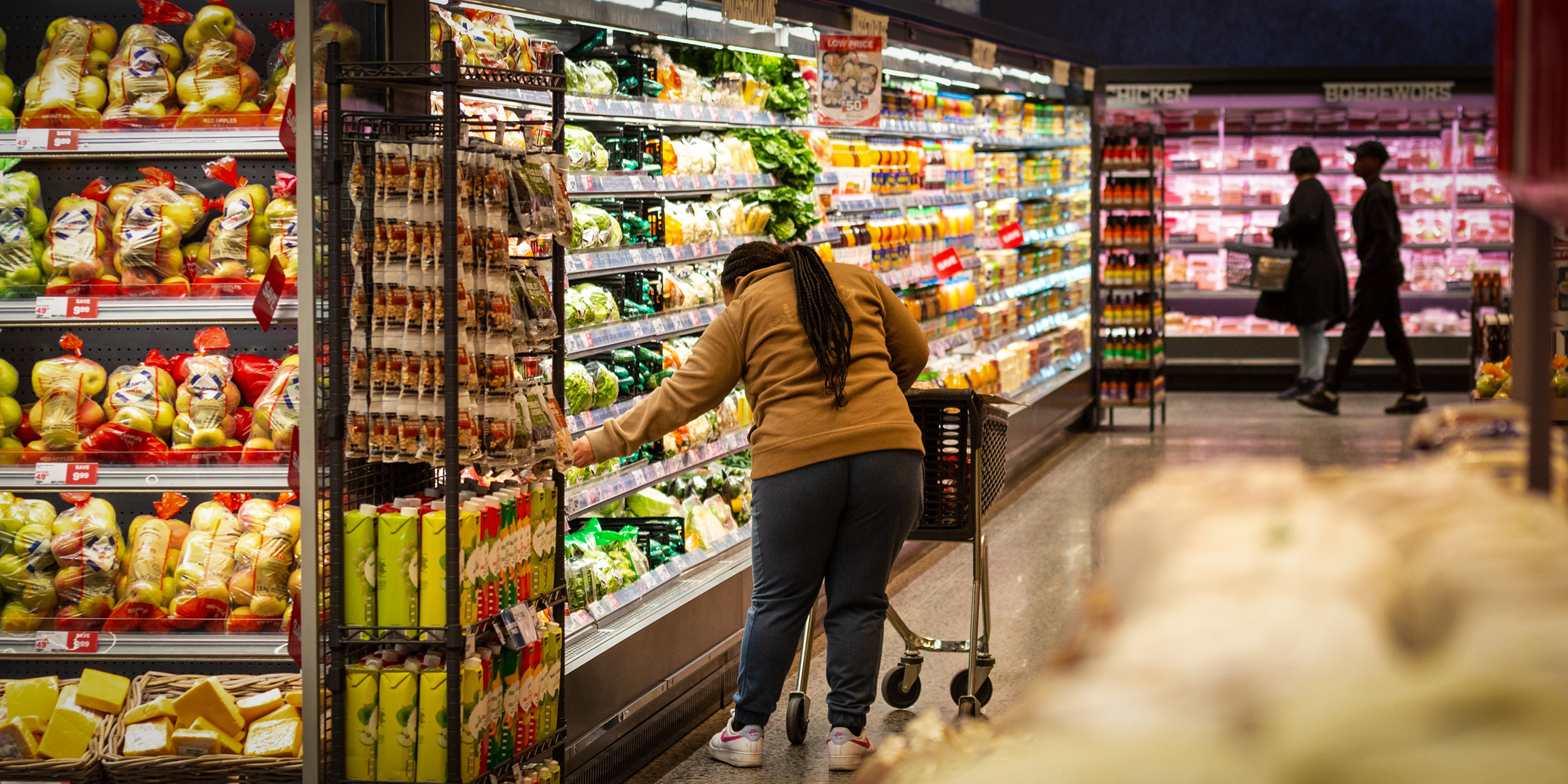The Monetary Policy Committee of the South African Reserve Bank does not react to one data set when it sets interest rates.
Still, it will take heart from the benign December consumer price index (CPI) read and sharpen its scissors for another 25-basis point rate cut on 30 January 2025. This would be its third on the trot, taking its key repo rate to 7.50% and the prime lending rate for consumers to 11.00%.
To wit, CPI in December ticked up to 3.0% year-on-year in December from 2.9% year-on-year in November, Statistics South Africa (Stats SA) said on Wednesday.
CPI has probably already bottomed out and is expected to pick up from its low late 2024 levels as base effects fizzle and demand pressures build, as evidenced by a 7.7% year-on-year surge in retail trade sales in November. But any upward trajectory is expected to be tame.
For all of calendar year 2024, the CPI annual average was 4.4% compared with 6.0% the previous year. This was the lowest annual average read since the 3.3% recorded in 2020, when the economy and demand groaned under the crushing burden of the initial Covid-19 lockdown measures.
Food inflation has thankfully been throttled — for now. After hitting 1.6% year-on-year in November, its lowest level since October 2010, the December print was a very modest 1.7%. But a spike in white maize prices in the wake of last year’s drought remains a concern.
Read more: SA’s GDP growth wilts as agriculture suffers fall of almost 30%
The bottom line is that with CPI at the bottom of the Reserve Bank’s 3% to 6% target range — and currently seen staying well within that orbit for the remainder of the year — the Monetary Policy Committee almost has no excuse not to trim rates.
“With CPI inflation well below the midpoint of the inflation target of 4.5% y/y, and likely to remain so for the rest of this year and most of the first half of next year, the Monetary Policy Committee is still expected to trim interest rates this month by 25 basis points,” Investec chief economist Annabel Bishop said in a note on the data.
What’s slowing inflation?
A number of factors have helped to slow inflation in South Africa. The Reserve Bank’s monetary stance has clearly been one and it will see current inflation levels as vindication of its policies, which have been regarded in some quarters as tight-fisted.
Declining oil prices and the rand’s relatively strong — if typically volatile — performance last year also contained price pressures.

“Base effects” stemming from high reads in the recent past have also put the brakes on inflation, but those are now waning, and demand is seen picking up steam. These are key reasons economists believe South African inflation has reached the bottom for now.
“We anticipate that headline inflation will post 3.2% in January and settle above 5% by the end of the year. This will be dictated by fading positive base effects and improving demand. Nevertheless, average inflation should be softer than in 2024,” said FNB senior economist Koketso Mano.
Blockbuster Black Friday
On the demand front, the retail trade sales data for November were sizzling — Black Friday 2024 must have been a blockbuster.
The 7.7% year-on-year rise was rooted in a number of factors, including the Reserve Bank’s September rate cut and the slowdown in inflation. Base effects would have also been at play and retailers clearly got a big boost from pension withdrawals under the two-pot pension reforms.
Some of this cash has probably been used to pay down household debt, but some of it is also being splurged.
And in the three months to the end of November, retail trade sales rose 1.4% on a seasonally adjusted basis. If that momentum was maintained in December, the retail sector will make a positive contribution to the fourth quarter (Q4) gross domestic product (GDP) print.
After contracting 0.3% in Q3 on a quarterly basis, a retail bump would be helpful as mining and manufacturing data for the period have so far been mixed. DM





